
![]()
A Sense of Place: Landscape
Landscape – it is all around us, the background to our lives. Usually, perhaps, the term conjures up the idea of a rural setting – we think of all those Dutch paintings, and of Constable and Ravilious. We might not often associate the idea with an urban setting or somewhere with people working and living. It can set a mood or populate the imagination. Landscape is powerful – and authors, illustrators and storytellers draw on it in their work to not only inspire their imaginations but to provide a place for their audience.
David Almond talks about the landscapes that are there in the background to his writing and his relationship to them – the landscapes of the north of England that imbues his writing with such power and reality whether we are walking across the moors or descending to Hades. Though the countryside is always present in his work, there is recognition of the urban – the mining communities, the chimneys, the streets.
It is this world that fascinates the illustrator Salvatore Rubbino; a place where people live and work. This may be busy crowded streets such as in London or Paris where the buildings themselves are the landscape – and because buildings can be tall, allow the viewer to look out to another landscape as one can standing beside the gargoyles of Notre Dame. Or the landscape is the background to people and their lives; the fishermen we meet in Ride the Wind. Rubbino opens the door to show us what captures his attention in bringing these worlds to life.
Levi Pinfold is another illustrator for whom landscape is important. In a brief interview he reveals some of the landscapes that have become part of his imagination and inform and influence his own work.
Imagination – landscape allows us to create the worlds we inhabit. J.R.R. Tolkien was a masterful world creator as Philip Reeve reveals when he writes about the effect and power of the landscapes he has met through The Hobbit and Lord of the Rings – and not only those, but the influence of landscape in the books and stories that continue to live with him. The Middle Earth imagined by Tolkien is the countryside he himself knew, and storytellers know how important it is to place the story in the real world.
This specificity is particularly recognised by the storytellers of the Celtic world. Jane Carroll talks about how important it was – and is – that the stories, full of magic and wonder, nevertheless can be placed on the map.
And mapping a landscape to widen understanding of key concepts such as space and distance as well as to link narrative to image is the aim of Karenanne Knight’s article where she describes a project she set up to do just this. What are the landscapes your imagination inhabits? Whether based on real surroundings or the images created for us by writers and artists they reflect moods and emotions, link us to our histories, help us ground our thoughts and ideas, sustaining us wherever we are.
Ferelith Hordon
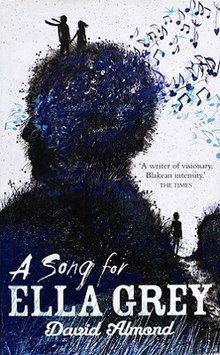
Landscapes
David Almond reflects on the landscapes that are so important to his imagination
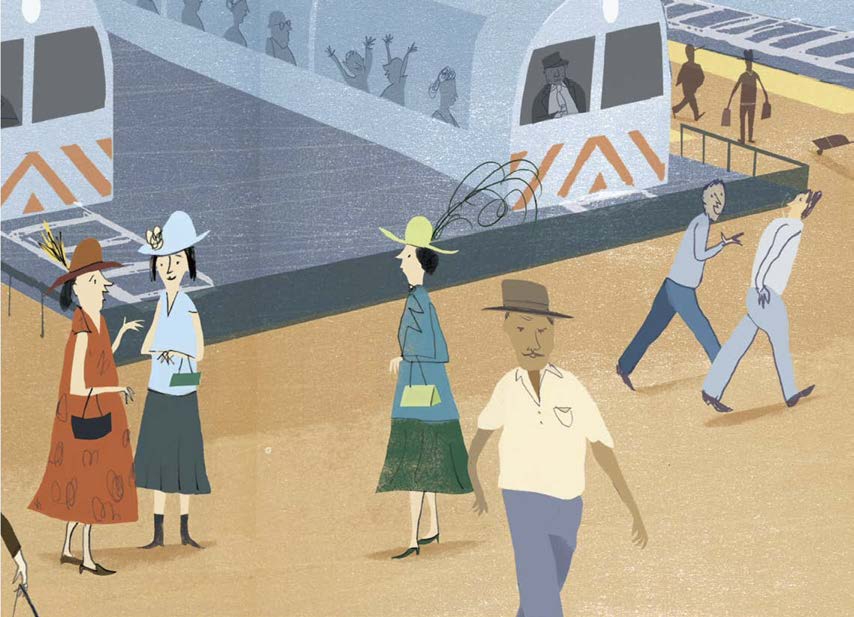
The Importance of Place
Salvatore Rubbino introduces the cityscape and explores his practice in the creation of landscape
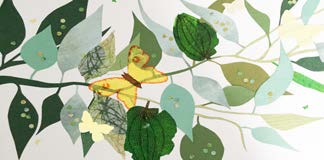
Distance, Direction and Landscape: A Cartographic Study in Picture Books
Karenanne Knight describes a project designed to introduce children to the concepts of distance, direction and landscape
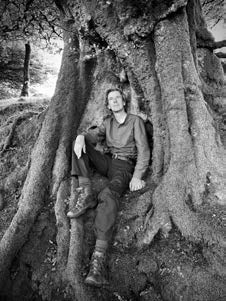
Landscapes and Stories
The reality of imagined landscapes; Philip Reeve explores the world of Tolkien
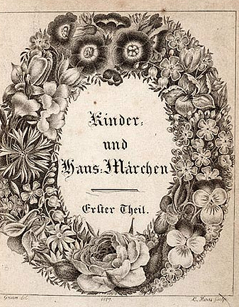
Storied Places and Emplaced Stories: Landscape in Welsh and Irish Fairy Tales
Jane Carroll explores the importance of real landscape and place in Celtic fairytales
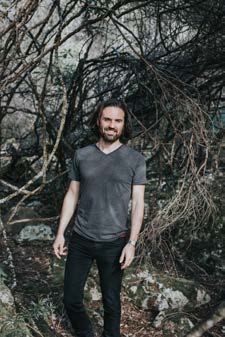
An Interview with an Artist: Levi Pinfold
Levi Penfold talks about his approach to landscape and its influence on his work
